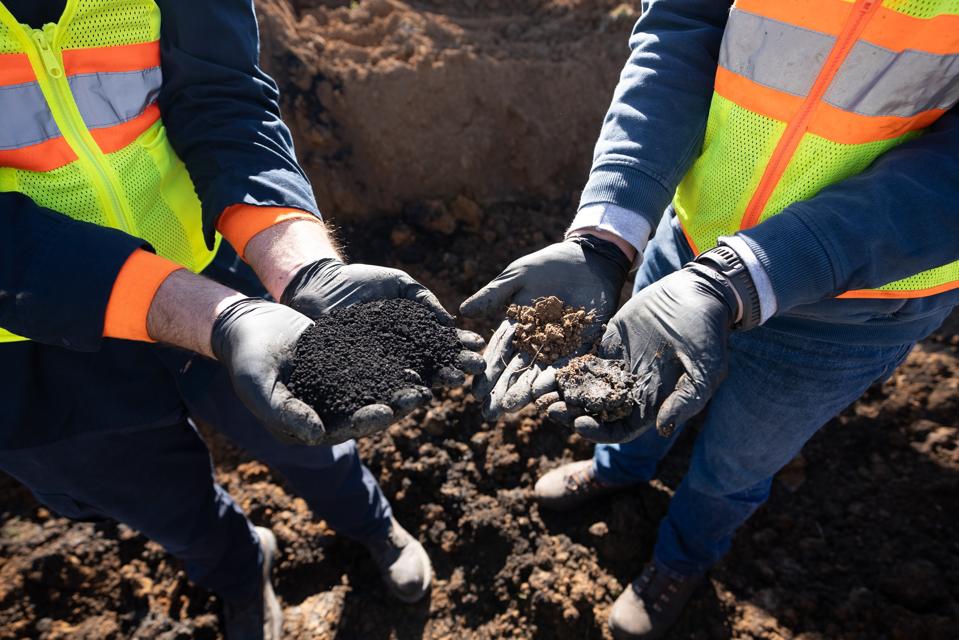PFAS “forever chemicals” are everywhere, including in groundwater and soil. Getting them out has for years involved pumping, treating and trucking, with varied results. A company called Regenesis has introduced a solution called SourceStop that uses activated carbon to, as the name suggests, stop PFAS contamination on site, in the ground.
The rollout comes 10 years after PlumeStop, another in-situ technology that’s been used in more than 50 projects, says Scott Wilson, CEO and president of the California-based Regenesis.
Wilson says another 100-plus Regenesis treatment projects are in the design and approval stage, mostly in the United States. “It’s going to shake up the industry.”
PFAS, short for per- and polyfluoroalkyl substances, are a group of synthetic chemicals that don’t break down in the environment. They’ve been used in consumer products for decades and linked to cancer and other human health impacts.
The chemicals are being phased out and regulated, but what’s already in the environment is a massive cleanup project, amounting to more than 57,000 potentially contaminated sites in the United States alone.
The PlumeStop treatment uses activated carbon that’s been milled to the size of a red blood cell, aka colloidal activated carbon or CAC for short. “It’s just like black ink,” Wilson says. “It paints it.”
PlumeStop then filters PFAS from groundwater plumes, like a huge home Brita water filter, and works for decades.
SourceStop goes a step further, using a formulation of activated carbon to penetrate and coat the soil, preventing the leaching of soil contamination, halting the migration of PFAS in groundwater and eliminating the risk to nearby communities, the company says.
The 1-2 micron-size particles of activated carbon in SourceStop are available in liquid form for injection and pellet form for adding to the soil.
David Nadler is a PFAS expert and research assistant professor at the New York Institute of Technology. Nadler says he’s been following the work of Regenesis and thinks in-situ treatment shows great promise.
“Treating something at the source is better than pulling something out of the source and trying to treat it,” Nadler says. “It just takes a really long time” to pump, treat and truck away contaminants. “By the time you notice results, you can have generations of people that are exposed.”
The Regenesis method stands out to him as one of the few of its kind, Nadler adds, with one of the others being AquaBlok.
“It makes more sense,” he says of in-situ treatment. “I think it’s more effective.”
Wilson says SourceStop has proven itself in the field, with leaching of PFAS from soil reduced by more than 99% in a matter of days and eliminated to below laboratory detection limits (and proposed U.S. drinking water standards) in samples collected after six months.
“We think (SourceStop) is a really viable solution for the industry throughout the United States and in Europe.”
Wilson says key attributes of PlumeStop and SourceStop are providing a solution that’s protective of the environment, public health and safety. Wilson says a Regenesis in-situ project also is less than a third of the cost of usual pump-and-treat methods.
Leaving treated PFAS in the ground isn’t an issue, Wilson says, and monitoring wells can verify that.
Nadler agrees.
“The world still lives in the pump-and-treat universe, but as these things show more promise, you’re going to see more startups working on this. It will become more widely accepted.”

